Exercise is important for your dog’s physical health and wellbeing. Daily walks can help release pent up energy and prevent your dog from getting stressed. Often behavioural problems such as excessive barking and chewing stem from boredom and lack of mental stimulation. Not getting enough exercise can also lead to weight gain.
Regular exercise is just one of your dog’s basic needs. Your dog should be walked at least once a day, in addition to time spent in the garden and playing.
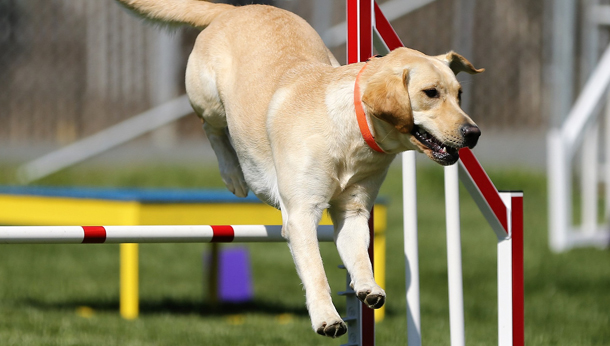
How often should I exercise my dog?
The amount of exercise your dog needs is dependent on a number of factors, including their breed, age, personality and health. Large breeds, such as Golden Retrievers, Labradors, Boxers and Husky’s can need up to 2 hours of exercise per day, whereas Pomeranians, Maltese and Bichons only require around 30 minutes plus additional play.
Particular care should be taken when exercising flat-faced breeds. Bulldogs and pugs for instance, can struggle to breath due to their face shape, which can make exercising difficult. Brachycephalic breeds are prone to overheating so you should try to restrict exercise to cooler times of day. Walks should be taken little and often with regular breaks in between.
Your vet will be able to recommend the ideal exercise regime for your pet, but you can also gain a better understanding of their needs by closely monitoring their behaviour during and after walks. For example, if your dog is showing signs of exhaustion, such as heavy panting, wheezing or refusal to move this is a clear sign that they are tired and that the walk may have been too much. Conversely, if your dog is running around your home or repeatedly presenting you with the favourite toy after a long walk, they may need to go again.
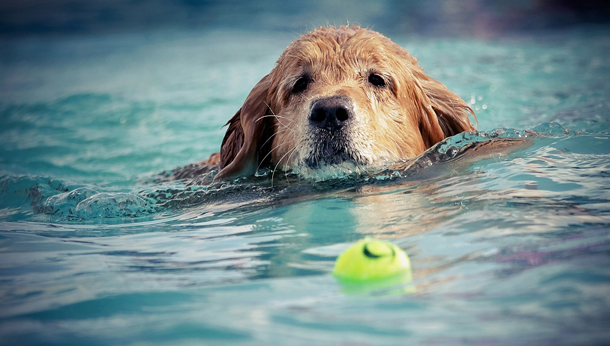
What form of exercise is best for my dog?
Walking is obviously the most common forms of exercise, but there are plenty of activities you can try to ensure your pet stays fit and healthy. Swimming is one of the best ways to exercise water loving dogs. It is low impact and the water resistance will help them build up muscle and improve cardiovascular fitness. Specialists believe that 1 minute of swimming is the equivalent of 4 minutes running, so be careful not to overdo it. Swimming is particularly effective for dogs who suffer mobility issues such as arthritis or hip dysplasia. Many veterinarians suggest swimming sessions as a way to build back strength following an injury.
Play is an excellent form of exercise, particular for elderly dogs or dogs with limited mobility. A simple game of tug or fetch will increase your pets heart rate and encourage them to move more at home. Scent games are a great way to engage large breeds such as pointers and basset hounds.
Some breeds such as Border Collies and Spaniels are extremely energetic and require lots of activity to keep them entertained throughout the day. Dog sports such as agility or fly ball are high impact and can help build up endurance and co-ordination whilst strengthening their muscles and stimulating their minds.
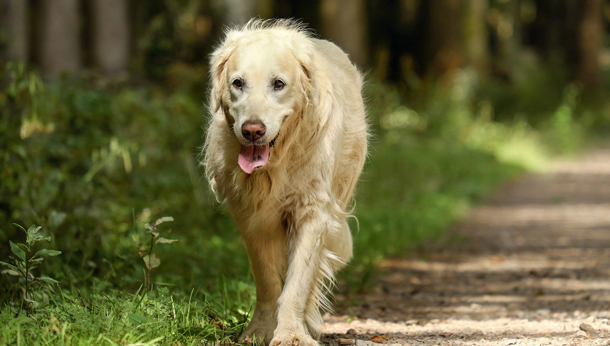
Does my pets age impact their exercise?
Your pets age will affect the type and duration of exercise they should engage in. New owners often overexercise their dogs unknowingly. It’s really important to limit activity in the first few months following vaccinations. Too much exercise can prevent a young dog’s bones from developing properly. It can also cause joint problems in later life.
As a general rule, you should exercise puppies for 5 minutes for each month of their age, two times a day. After the first year you can start going on longer walk and partake in more intense forms of exercise such as running. Always ensure you give your puppy plenty of rest in between exercise and play sessions. We also encourage walking your pets on a range of surfaces to prevent potential damage to the pads of their paws.
Likewise, senior dogs will require a more subdued exercise regime. Exercise should be gentle and some walks may need to be supplemented by additional play. It’s really important not to stop walking elderly dogs. Regular movement can help their joints and prevent them from getting stiff. Walk slowly and be guided by your dog. They may want to stop more often and need breaks along the route.
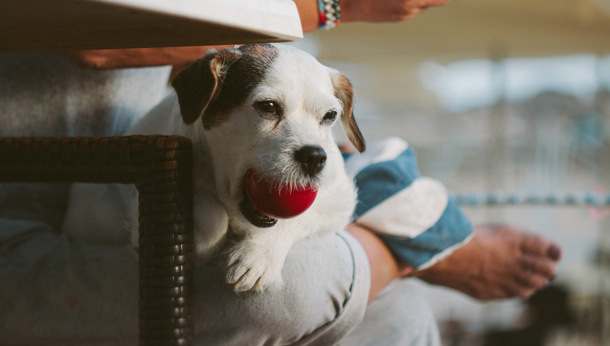
How can I exercise my dog indoors?
If it’s too hot to go outside or you’re unable to take your dog for a walk, there are plenty of ways you can ensure your dog gets their daily exercise at home. Hiding their favourite treats around the house is an excellent way to make them work for their food. You could even create an obstacle course with various objects to navigate.
Puzzle type games require less physical exertion but can still be considered a form of home exercise. They are mentally stimulating and can help tire your dog out. You can buy pre made puzzles at the pet shop. You can also make games such as snuffle mat at home.
Top Tip: Mental stimulation is great for all ages of dogs. Kong toys, puzzle feeders, and simply scattering food is a great way to keep young dogs occupied and low impact exercise for the elderly.
Should I feed my dog before or after their walk?
It is recommended to feed your dog after a walk. Exercise on a full stomach can be uncomfortable for your dog. Larger breeds and deep-chested dogs such as boxers, weimaraners and setters have an increased risk of a GDV when exercising after a meal which is a potentially life-threatening condition.
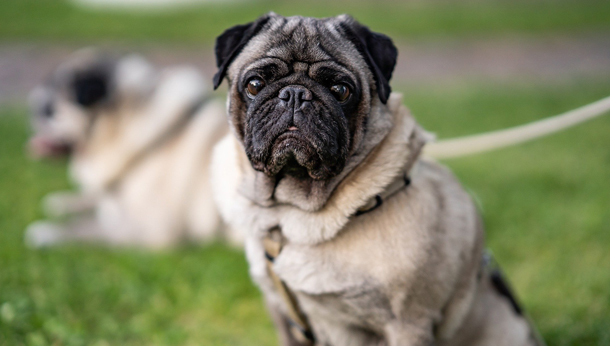
Final thoughts
Exercising with your pet can be mutually beneficial. It’s a great way to bond and spend quality time together whilst keeping fit. Many studies have found that dog walks have a positive effect on our mental health as well as the wellbeing of our dog.
It’s always best to start slowly when introducing a new form of exercise and gradually build up the duration and intensity over time. Consult your vet in advance, especially if your pet suffers from an existing health condition and closely monitor their behaviour and physical wellbeing. Whenever your pet exercises make sure they have water available and are able to take regular breaks.
Always take the weather into consideration when exercising your pet. Exercising in high temperatures can be extremely dangerous and can lead to significant health issues.
Current pet exercise rules
Due to current Covid-19 regulations some forms of pet exercise may not be possible and you may have to alter the location and duration of your walk. For up to date guidance on what is and isn’t permitted take a look at the Governments advice for pet owners